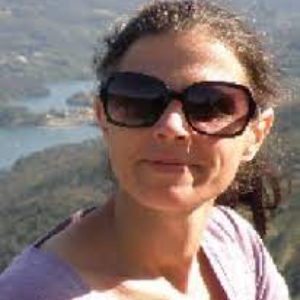Title : The role of hydrocolloids on the functional properties of lactose-free frozen yogurts at different production scales
Abstract:
Lactose-free dairy products meet consumer’s preferences, but they bring technological challenges to the food industry in order to guarantee their quality characteristics. This study aimed to investigate the functional properties of lactose-free frozen yogurts enriched with carrageenan (0.05, 0.1 and 0.15%) and cornstarch (1, 2 and 3%). The selection of hydrocolloids was based on preliminary tests involving sensory evaluation of 9 frozen-yogurt formulations, as well as on their impact in the final price of the product. A commercial enzyme Ha-lactase® was used to promote lactose hydrolysis, which occurred simultaneously with yogurt fermentation. After preparation the lactose-free yogurt formulations were frozen with the aid of a home type ice-cream maker and analyzed immediately. The study showed that after 80 min of incubation, lactose in yogurt dropped to nearly 0%. The pH ranged between 4.13 and 4.23 and the percentage of lactic acid between 0.738% and 0.783%. The home type frozen-yogurts did not differ regarding to overrun or melting properties. The addition of hydrocolloids caused the increase of L*, a* and b* parameters. The formulation with 0.15% of carrageenan originated the highest viscosity, hardness and stickiness values. The samples containing cornstarch did not differ significantly, although the one with 3% received the best sensory score. In the case of carrageenan, the most appreciated was the one containing 0.1%. Afterwards, a commercial grade soft-serve machine was used to test the preferred products. At this production scale the formulations showed pseudoplastic behavior, well fitted by the Herschel-Bulkley model. Thixotropy increased with the use of hydrocolloids. Elastic moduli predominated in all cases (G’>G’’). In this trial, starch increased the viscosity of the products but decreased their overrun, contradicting the results obtained with the home type ice-cream maker. This study showed that, apart from the influence that hydrocolloids have on the rheological properties of lactose-free frozen yogurts, the production scale and equipment used can also have a determinant contribution.



